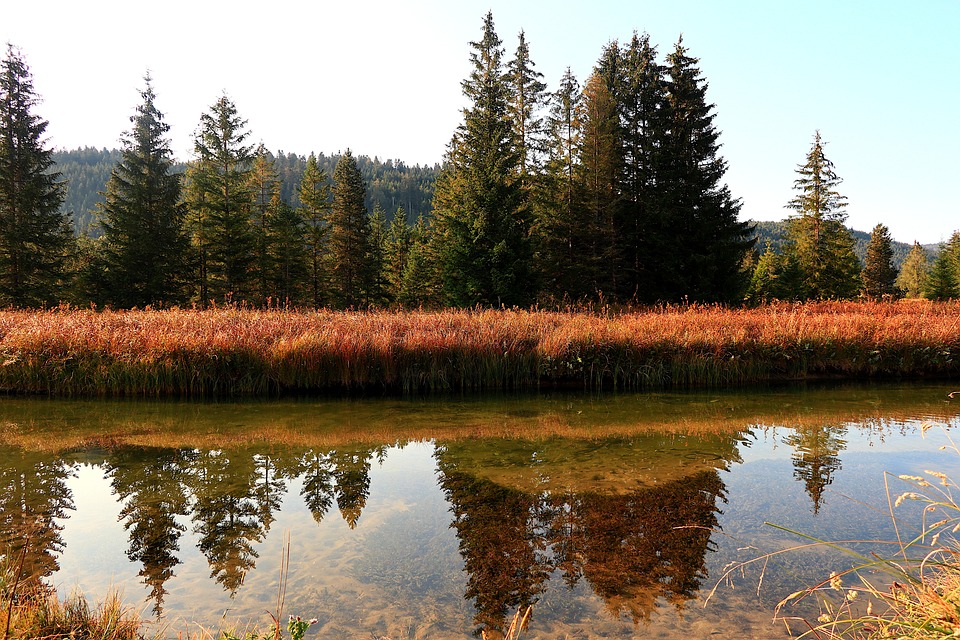The Importance of Bog Islands
Bog islands are unique natural ecosystems that play a vital role in maintaining biodiversity and providing essential ecosystem services. These isolated habitats are typically found in wetland areas and are characterized by their acidic, nutrient-poor soil and the presence of peat mosses. Bog islands are home to a wide variety of plant and animal species, many of which are rare or threatened.
Due to their unique characteristics and high biodiversity, bog islands are considered important hotspots for conservation efforts. These ecosystems help regulate water flow, absorb pollutants, and provide habitat for a wide range of plant and animal species. Bog islands also play a crucial role in carbon sequestration, as the peat mosses store large amounts of carbon that would otherwise be released into the atmosphere as greenhouse gases.
Threats to Bog Islands
Despite their importance, bog islands are facing numerous threats that endanger their survival. One of the biggest challenges facing these ecosystems is habitat destruction due to human activities such as drainage, logging, and urban development. This has led to a significant loss of bog islands worldwide, with many disappearing entirely or being degraded to the point where they can no longer support their unique plant and animal communities.
In addition to habitat destruction, bog islands are also threatened by climate change, pollution, invasive species, and overuse by humans. Climate change is causing shifts in temperature and precipitation patterns, which can alter the delicate balance of bog island ecosystems. Pollution from agricultural runoff, industrial activities, and urban development can degrade water quality and harm the plants and animals that rely on these habitats. Invasive species, such as non-native plants and animals, can outcompete native species and disrupt the fragile ecosystem dynamics of bog islands.
Conservation Efforts
To address these threats and preserve the beauty of bog islands, conservation organizations and government agencies are implementing various strategies to protect and restore these unique ecosystems. One of the key conservation efforts is the establishment of protected areas and reserves to safeguard bog island habitats from further destruction. These protected areas provide a safe haven for rare and endangered species and allow the natural processes of the ecosystem to continue undisturbed.
In addition to protected areas, conservation efforts also include habitat restoration projects to restore degraded bog islands to their natural state. This may involve blocking drainage ditches, planting native species, and removing invasive species to help rebuild the ecological integrity of the ecosystem. Restoration projects can help enhance biodiversity, improve water quality, and mitigate the impacts of climate change on bog islands.
Sustainability Initiatives
In addition to conservation efforts, sustainability initiatives are also being implemented to promote the long-term health and viability of bog island ecosystems. Sustainable practices such as eco-tourism, sustainable harvesting of natural resources, and community-based conservation programs can help support the local economy while preserving the natural beauty of these unique habitats.
Eco-tourism, for example, can provide economic benefits to local communities while raising awareness about the importance of bog islands and promoting conservation efforts. By offering guided tours, nature walks, and educational programs, eco-tourism can help generate revenue for the protection and management of bog island habitats. Sustainable harvesting of natural resources, such as mosses, berries, and timber, can also provide economic opportunities for local communities while ensuring the continued health of the ecosystem.
Community-based conservation programs involve working with local stakeholders, including indigenous communities, landowners, and government agencies, to develop conservation strategies that reflect the needs and preferences of the community. By involving local communities in decision-making processes and empowering them to participate in conservation efforts, sustainable management practices can be implemented that benefit both people and the environment.
Conclusion
Preserving the beauty of bog islands is essential for maintaining biodiversity, protecting ecosystem services, and mitigating the impacts of climate change. By implementing conservation efforts and sustainability initiatives, we can ensure the long-term health and viability of these unique ecosystems for future generations. Through collaborative efforts between conservation organizations, government agencies, and local communities, we can work together to protect and sustain the natural beauty of bog islands for years to come.
